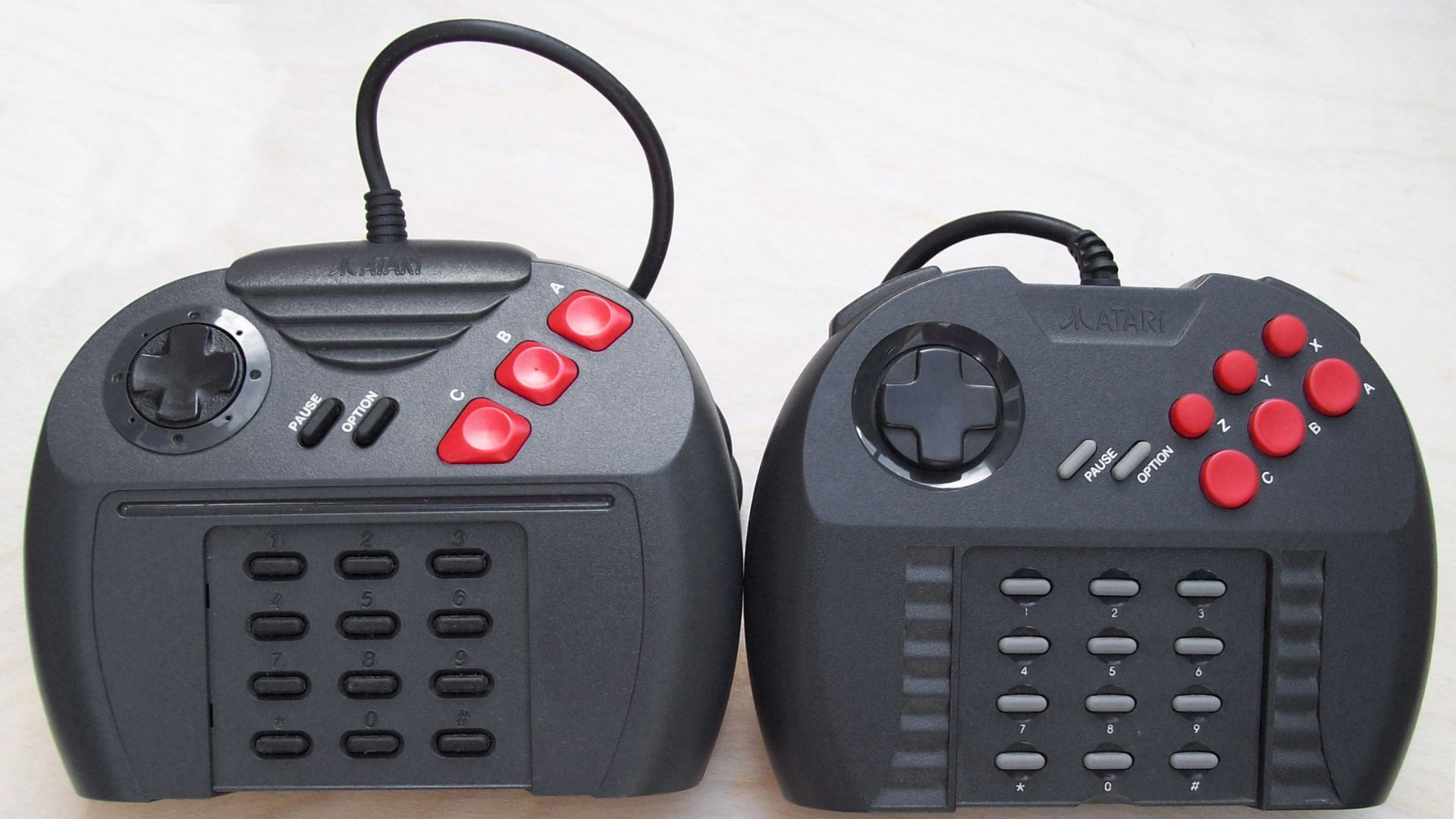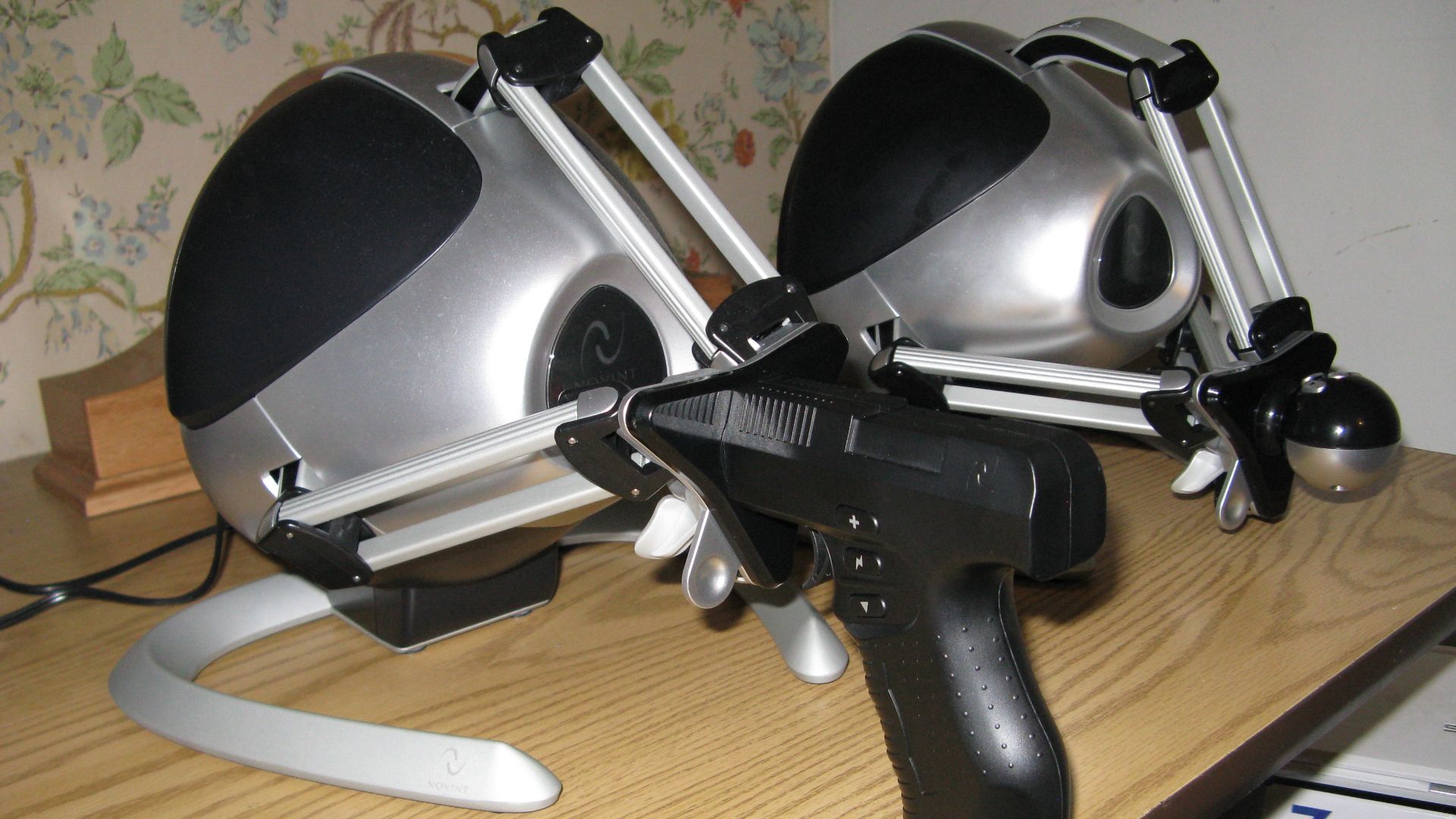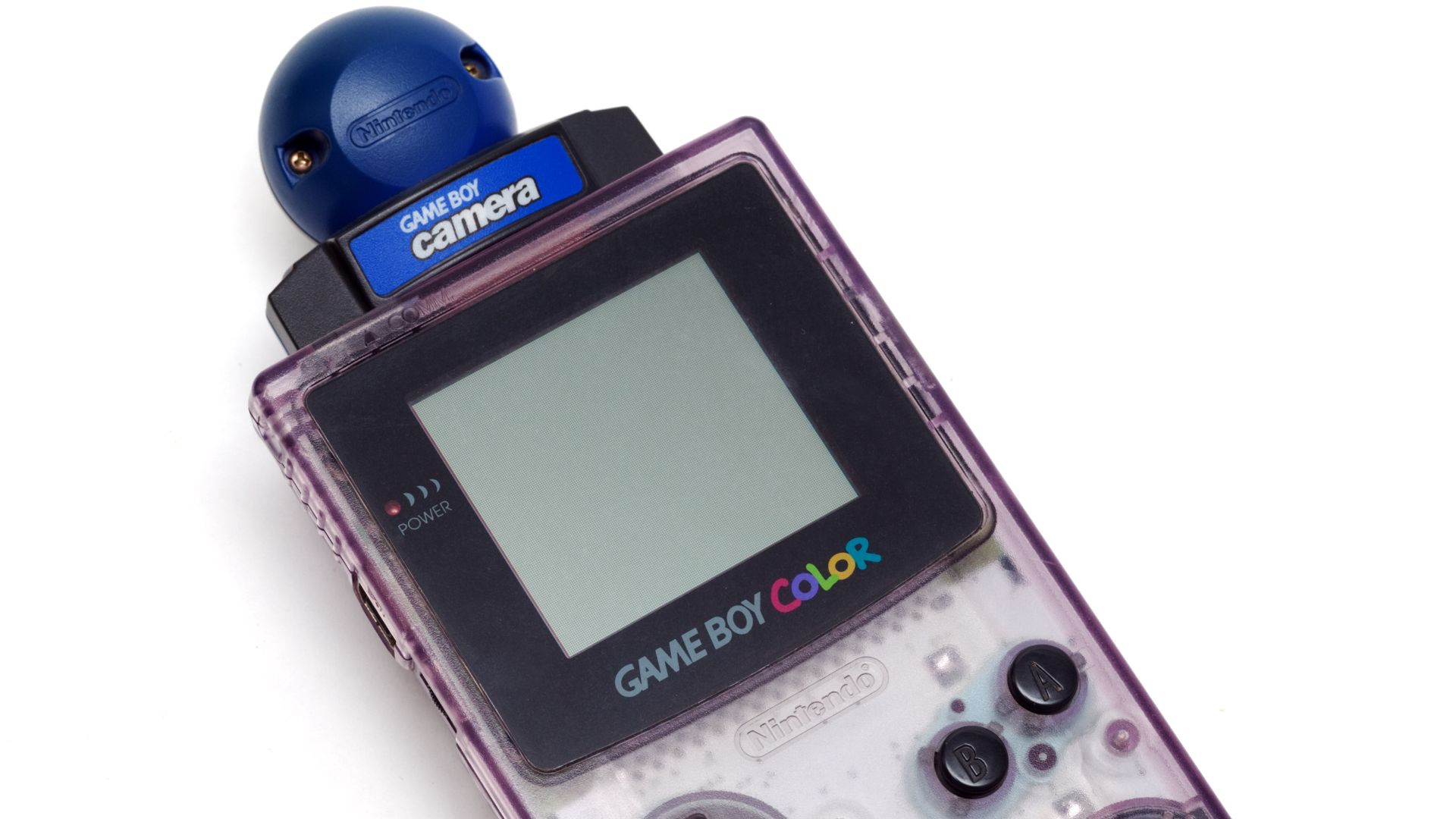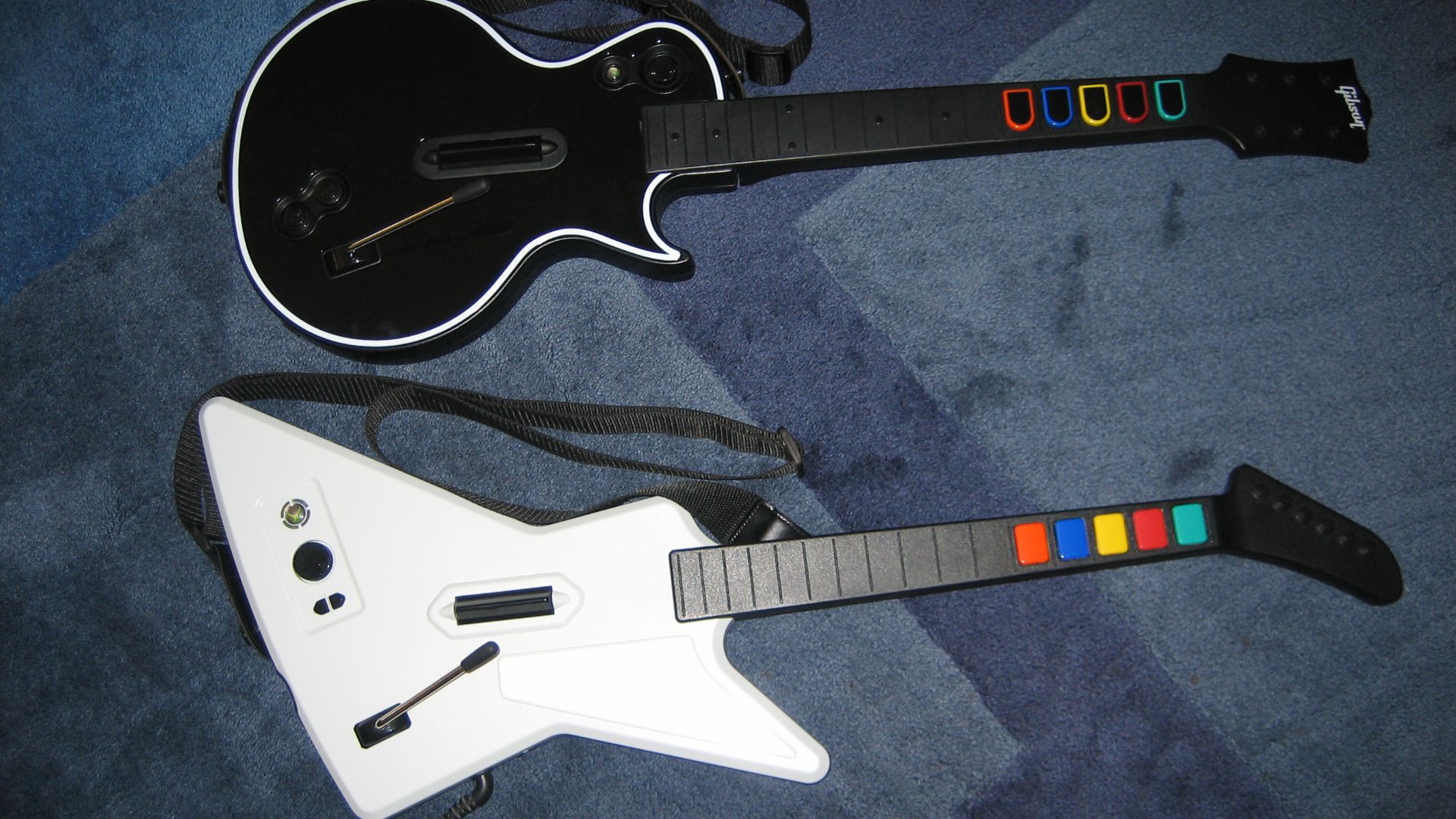Gaming Gadgets Gone Wrong
Some gaming peripherals take things to the next level, making every click, press, and movement feel smoother than ever. Then there are the ones that leave you staring in disbelief, wondering how they ever got past the design phase. These gadgets promised to “enhance immersion” but only made games more frustrating. So, let’s look at the most head-scratching gaming accessories ever created!
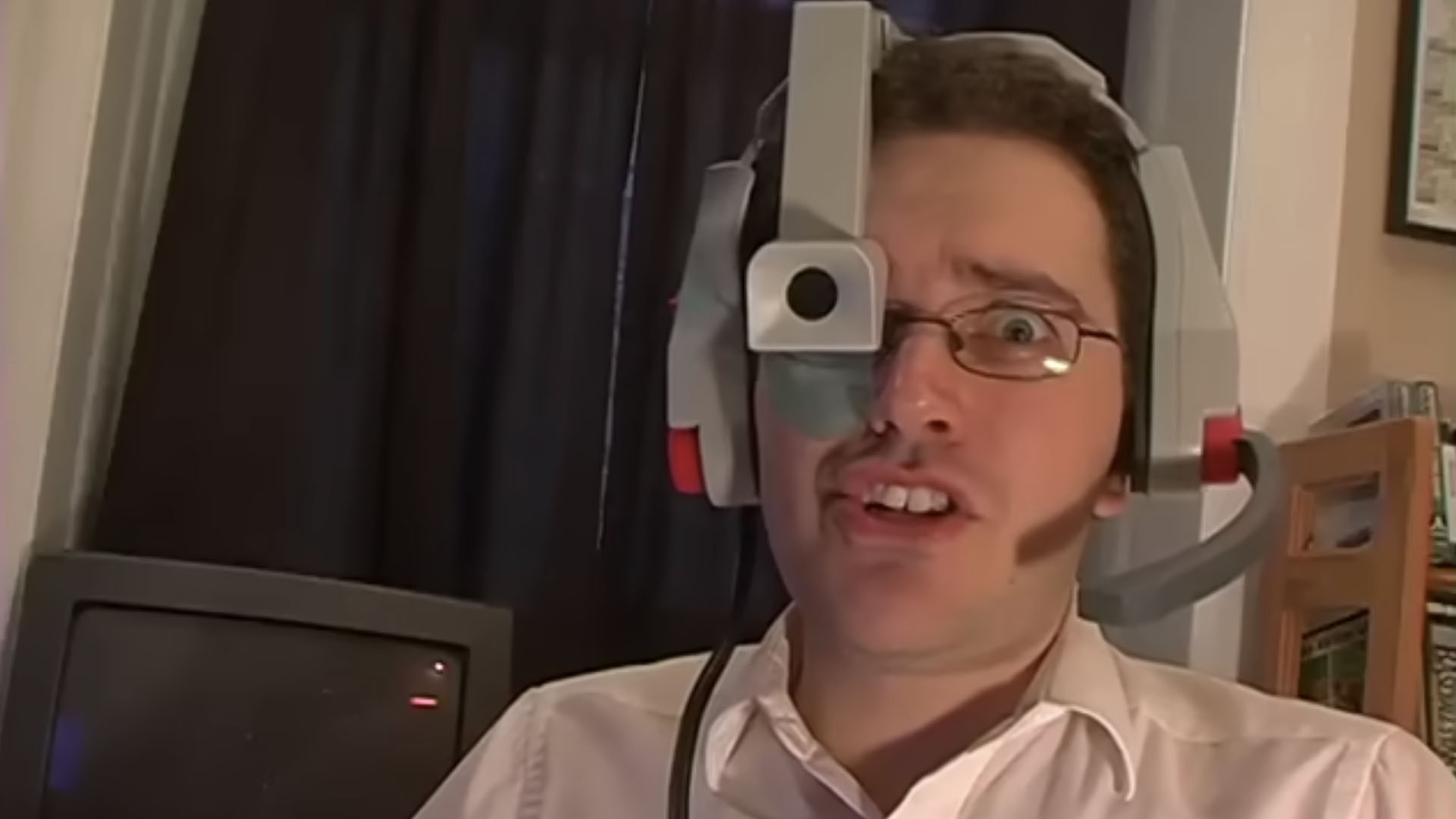 NES Accessories - Angry Video Game Nerd (AVGN) by Cinemassacre
NES Accessories - Angry Video Game Nerd (AVGN) by Cinemassacre
1. Nintendo Power Glove
Marketed as revolutionary in 1989, this motion controller was ahead of its time, but not in a good way. Its poor sensor accuracy made simple movements a nightmare, and players had to endure clunky controls with barely any game compatibility. Nintendo quickly abandoned it, and so did gamers.
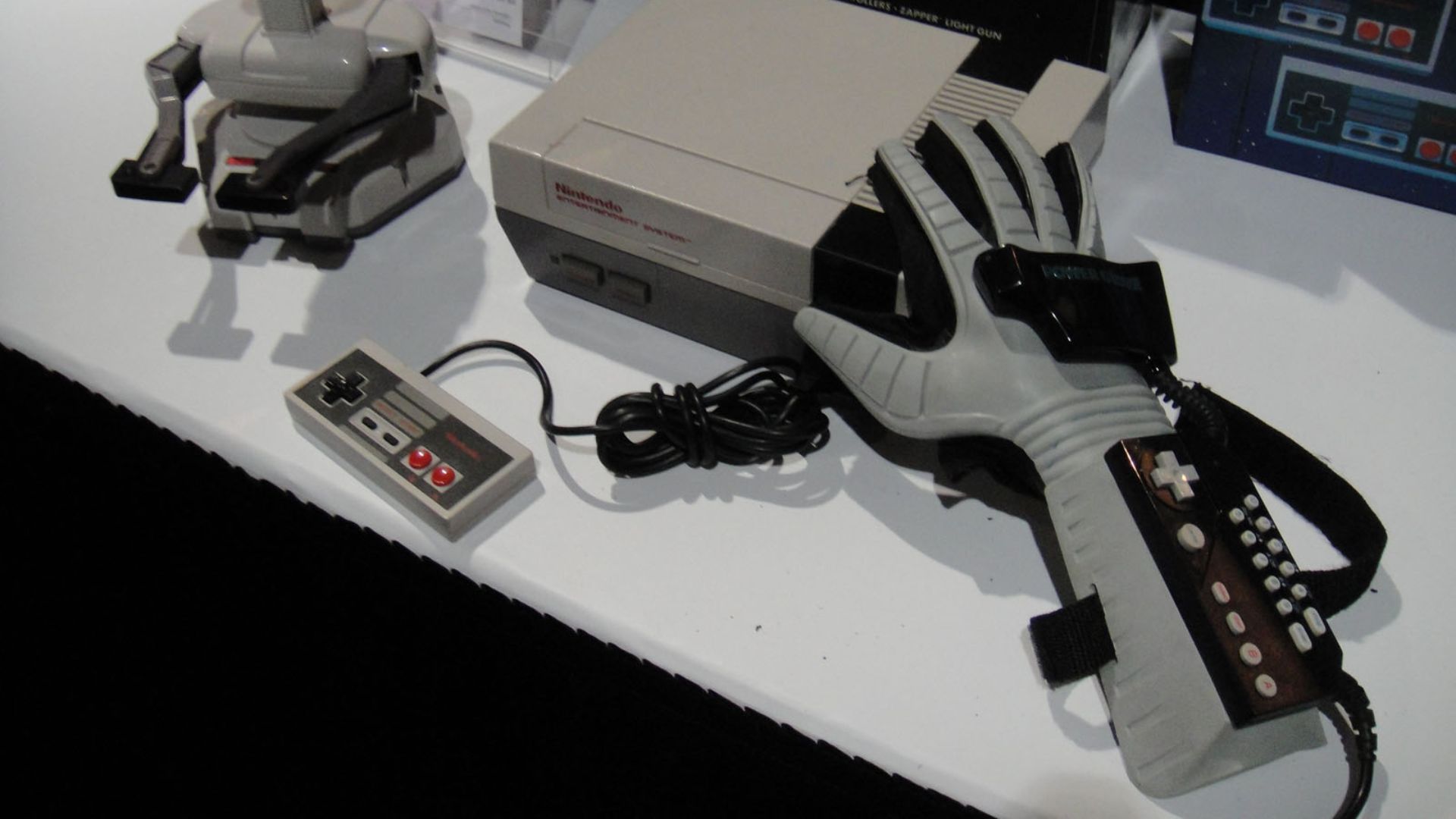 The Conmunity - Pop Culture Geek from Los Angeles, CA, USA on Wikimedia
The Conmunity - Pop Culture Geek from Los Angeles, CA, USA on Wikimedia
2. Wii Sports Attachments
Swinging a plastic tennis racket should feel fun, right? Wrong. These Wii add-ons added zero functionality. They were just plastic shells clipped onto the Wii Remote, serving no real purpose besides cluttering drawers. Players quickly realized the controller alone did a better job.
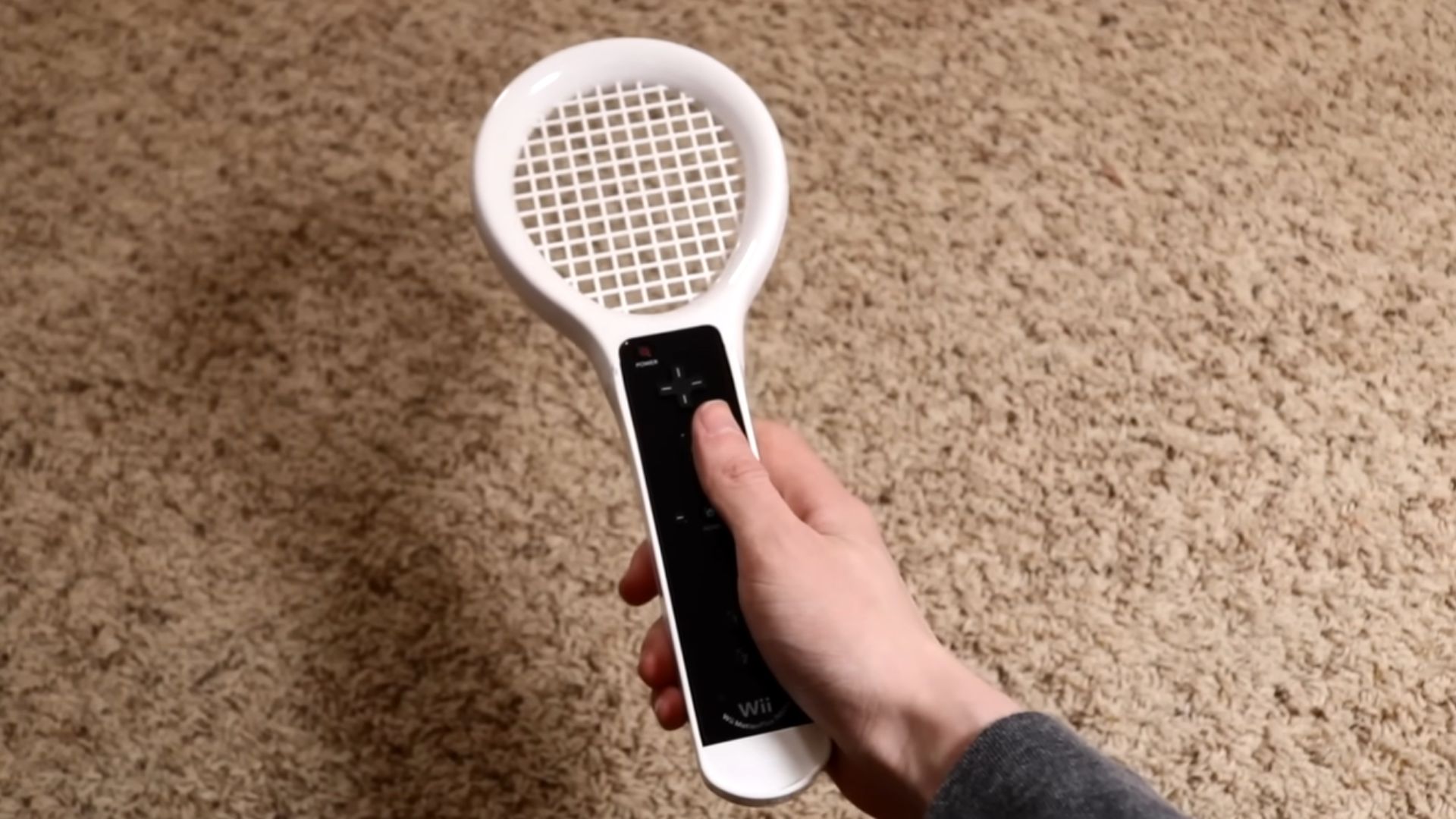 Wii Accessories - Scott The Woz by Scott The Woz
Wii Accessories - Scott The Woz by Scott The Woz
3. U-Force
Wave your hands like a magician, and nothing happens. That was the U-Force experience. This NES accessory promised hands-free gaming but delivered unresponsiveness instead. Players were left struggling to control their characters with awkward air gestures. It’s no surprise this device vanished into obscurity.
 Nintendo (NES) U-Force Controller working on the Xbox One X by My Mate VINCE
Nintendo (NES) U-Force Controller working on the Xbox One X by My Mate VINCE
4. Konami LaserScope
A voice-activated NES headset from 1990 sounded futuristic, but reality had other plans. Players were forced to yell "Fire!" repeatedly for shooting, often triggering accidental shots due to background noise. The mic’s inaccuracy, combined with uncomfortable wearability, made it more of a hassle than a help.
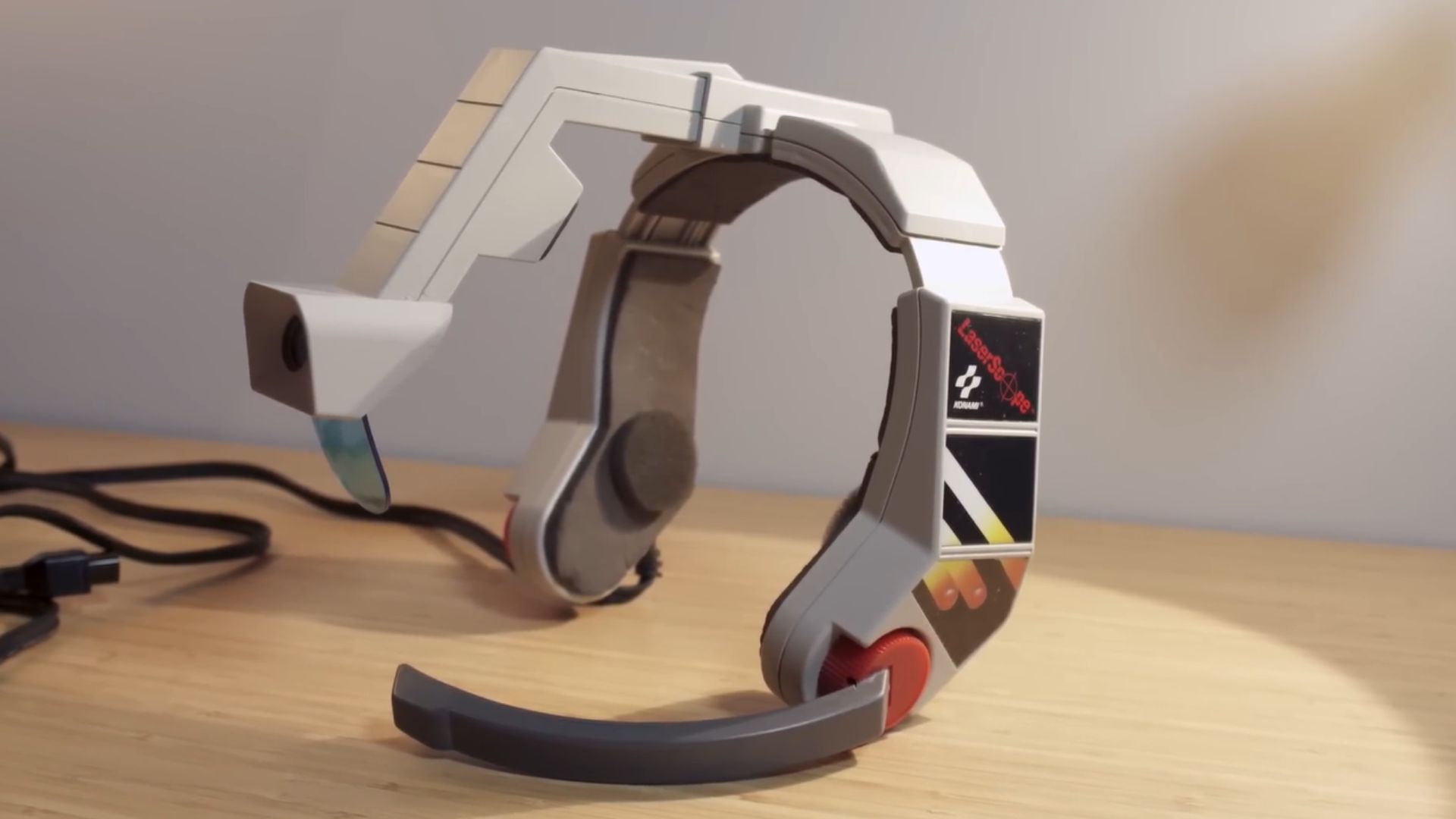 Top 5 Weirdest Gaming Controllers! by Kevin Kenson
Top 5 Weirdest Gaming Controllers! by Kevin Kenson
5. Atari Jaguar Controller
Atari’s 1993 controller was a beast—literally. With a bulky design and an unnecessary numeric keypad, it confused more than it helped. The extra buttons rarely had a use, making the controller feel clunky rather than innovative. It remains a textbook example of how not to design gaming hardware.
6. Tony Hawk: Ride Skateboard
Realism meets regret. Released in 2009, this motion-sensing skateboard lacked responsiveness, forcing players to tilt and shift their weight awkwardly. Instead of smooth tricks, users endured inconsistent controls. The result? A frustrating experience that turned Tony Hawk’s legacy into an expensive disappointment.
7. Gametrak
This 2004 motion controller relied on retractable cords attached to gloves to track movement. While innovative, the execution was awkward. Few games were compatible, and the cords often felt restrictive rather than freeing. It was a great concept bogged down by poor design and lackluster software support.
 Gametrak: Motion Controls on the PS2? | LOOTd Unboxing by LOOTd
Gametrak: Motion Controls on the PS2? | LOOTd Unboxing by LOOTd
8. Mad Catz GameCube MicroCon Controller
Too tiny for comfort, this controller frustrated players with its cramped buttons and unreliable build. Mad Catz was infamous for cheap third-party peripherals, and this one was no different. It made games harder to play rather than enhancing them. Tiny hands might disagree.
 MadCatz GameCube controller review: a cheap alternative to Nintendo in 2021? by xeostube
MadCatz GameCube controller review: a cheap alternative to Nintendo in 2021? by xeostube
9. Wii Zapper
Nintendo’s attempt to turn the Wii Remote into a gun backfired. This plastic shell made aiming more cumbersome, forcing players into uncomfortable holding positions. It added unnecessary bulk without any real benefit. What was supposed to improve immersion ended up making gameplay more frustrating.
10. Novint Falcon
A strange-looking PC controller from 2007, the Novint Falcon, aimed to replace the mouse by offering realistic force feedback. The problem? Few games supported it, and its price was exorbitant. Its bulky design made it impractical, leaving it to be an interesting but failed experiment.
11. Sega Activator
Released in 1993, the Activator functioned as a full-body controller using infrared detection. In practice, it barely worked. Instead of a fluid gaming experience, players found themselves struggling with misread inputs and laggy responses. Few games supported it, and even fewer gamers enjoyed it.
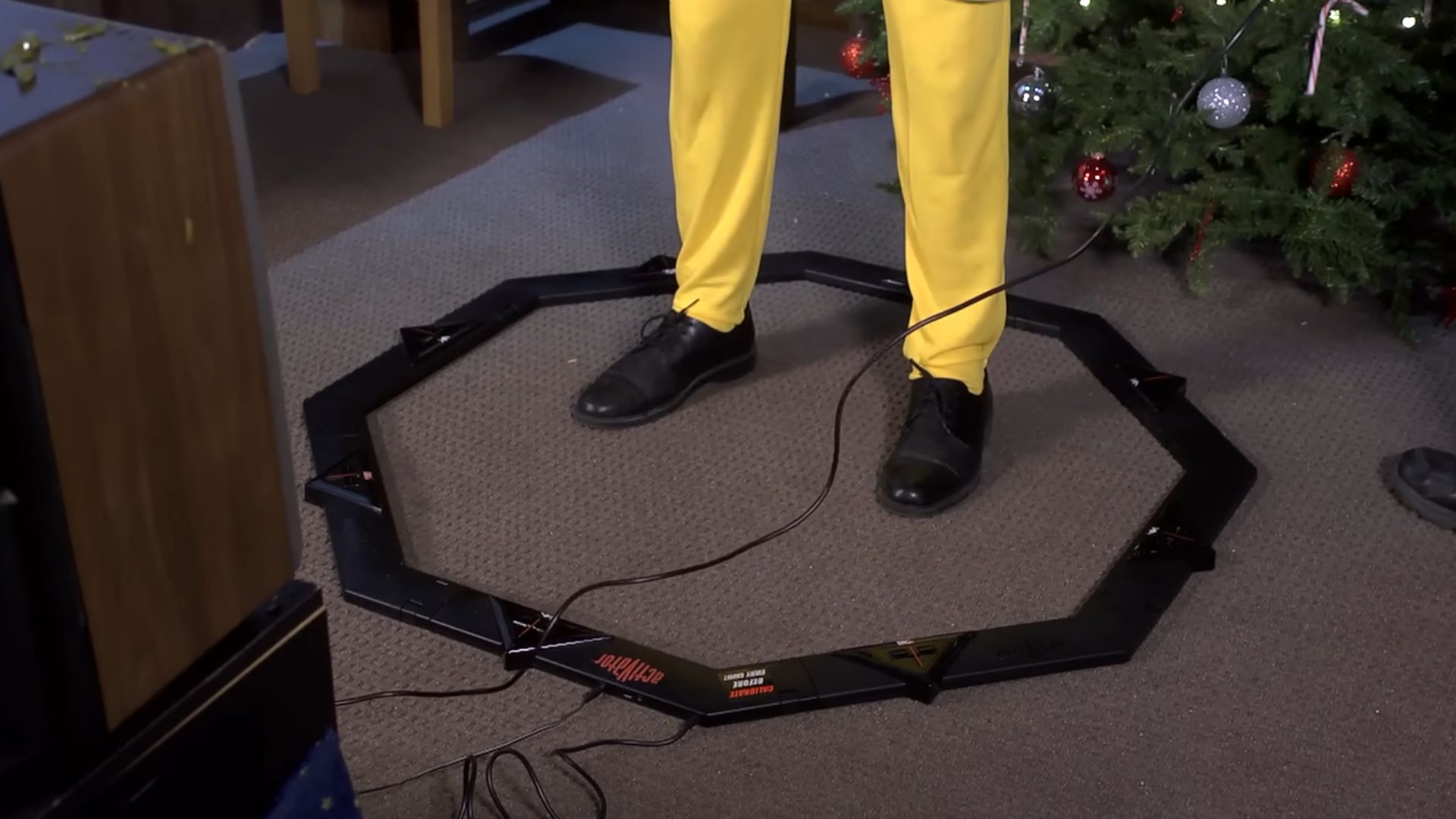 Sega Activator Interactor Menacer - Angry Video Game Nerd (AVGN) by Cinemassacre
Sega Activator Interactor Menacer - Angry Video Game Nerd (AVGN) by Cinemassacre
12. Razer Hydra
Razer’s 2011 attempt at motion tracking for PC gaming resulted in an expensive but flawed controller. Its precision was decent, but its limited game support and complicated setup doomed it. The Hydra never found a strong user base and was quickly forgotten in gaming history.
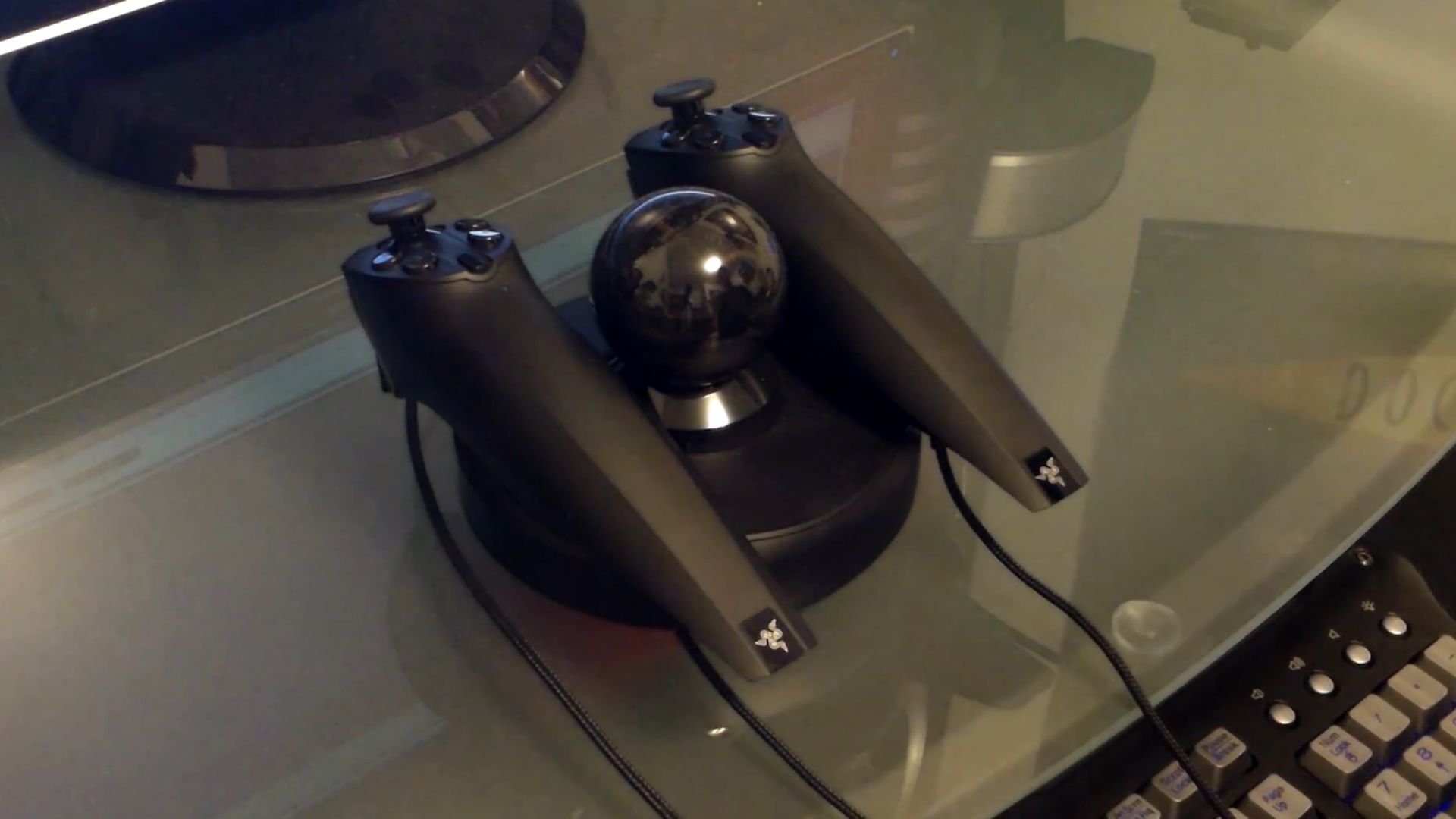 Razer Hydra Review 1080p by Greg
Razer Hydra Review 1080p by Greg
13. Roll & Rocker (NES)
Released in the late 1980s, this balance board aimed to let players control NES games by shifting their weight. The problem? It barely worked. The slightest imbalance sent characters veering off course. In the end, most players stuck with good old-fashioned buttons for a reason—they actually worked.
 LJN Roll & Rocker: A Terrible Controller by Gaming Historian
LJN Roll & Rocker: A Terrible Controller by Gaming Historian
14. Game Boy Camera & Printer
Taking pixelated black-and-white selfies sounded fun in 1998, but in reality, the Game Boy Camera was more of a novelty than a useful tool. The printer used thermal paper that faded over time, which made it a short-lived gimmick rather than a lasting innovation.
15. Thrustmaster HOTAS Cougar
This high-end flight stick set promised a realistic experience but suffered from quality control issues. Its potentiometers degraded quickly, leading to accuracy problems. Many users had to modify or replace parts to make it usable. At its price, gamers expected durability, not a DIY project.
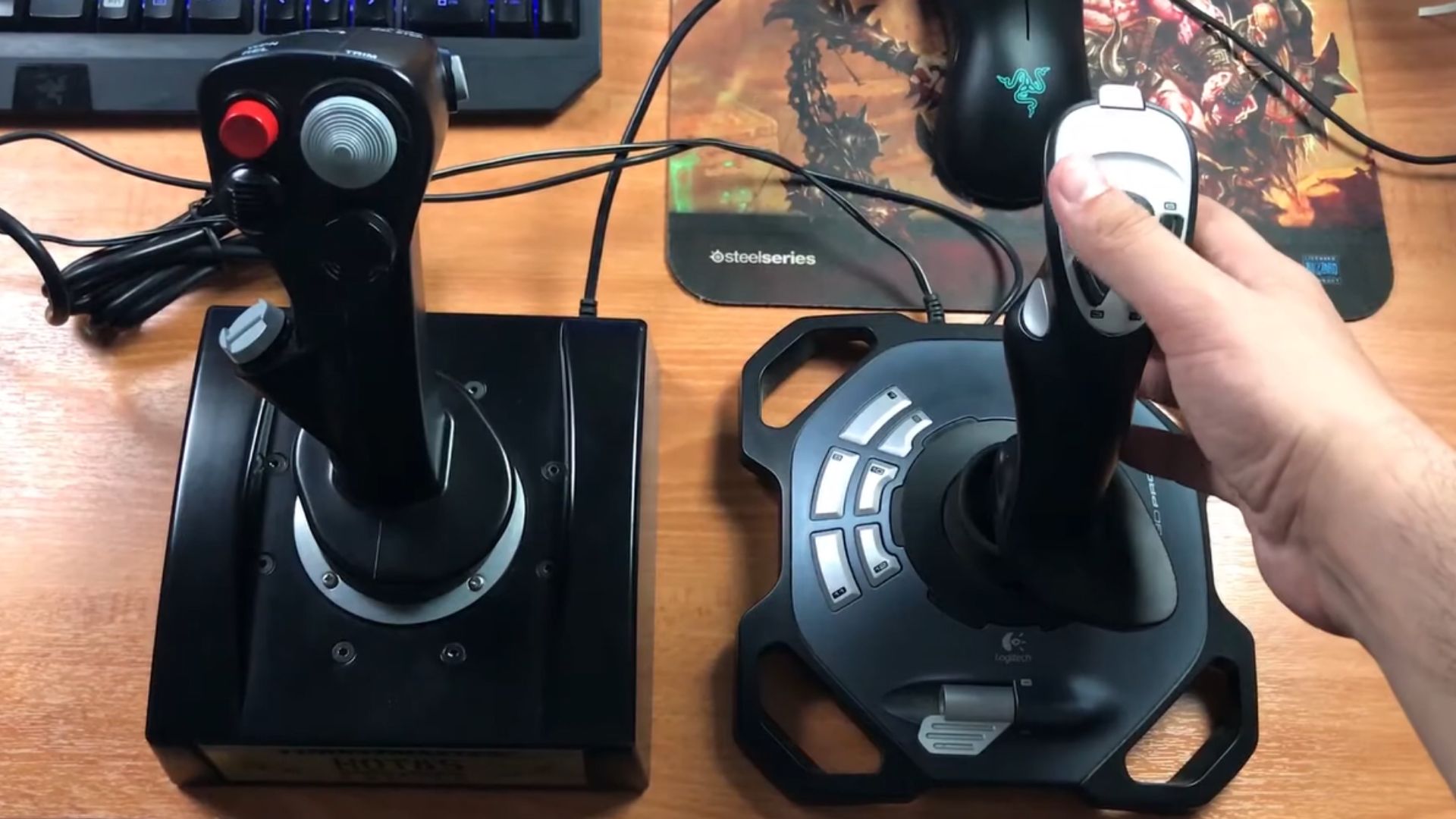 Thrustmaster H.O.T.A.S. Cougar NOOB Unboxing! [Greek] by Mighty Mike
Thrustmaster H.O.T.A.S. Cougar NOOB Unboxing! [Greek] by Mighty Mike
16. Kinect Game Boat For Xbox 360
Designed as an inflatable boat for Kinect motion-controlled games, it was supposed to enhance the experience of water-themed games. However, the bulky inflatable design took up unnecessary space and often interfered with Kinect’s motion tracking rather than improving immersion.
 Kinect Adventures! | Xbox 360 Kinect Review by Camp Xbox
Kinect Adventures! | Xbox 360 Kinect Review by Camp Xbox
17. Nyko Kama Wireless Nunchuk
Imagine aiming for a precise move, only for your controller to disconnect. Nyko’s third-party wireless Nunchuk suffered from input lag and frequent disconnections, frustrating Wii players everywhere. The promise of wireless gameplay was enticing, but the execution was a major letdown.
 A Wireless Nunchuk Adapter by Shelf18. Guitar Hero Live Controller
A Wireless Nunchuk Adapter by Shelf18. Guitar Hero Live Controller
Six frets instead of five? Sounds good—until you try it. The redesigned Guitar Hero Live controller confused veteran players and made the game harder for beginners. Instead of an upgrade, it became an unnecessary complication that made the once-beloved rhythm game frustrating.
19. Steel Battalion Controller (Xbox)
Massive, intimidating, and featuring over 40 buttons, this controller was designed for just one game. While immersive, its size and complexity made it impractical for most players. If the manual was lost, good luck figuring it out. Ultimately, it remained a niche novelty that never broke into the mainstream.
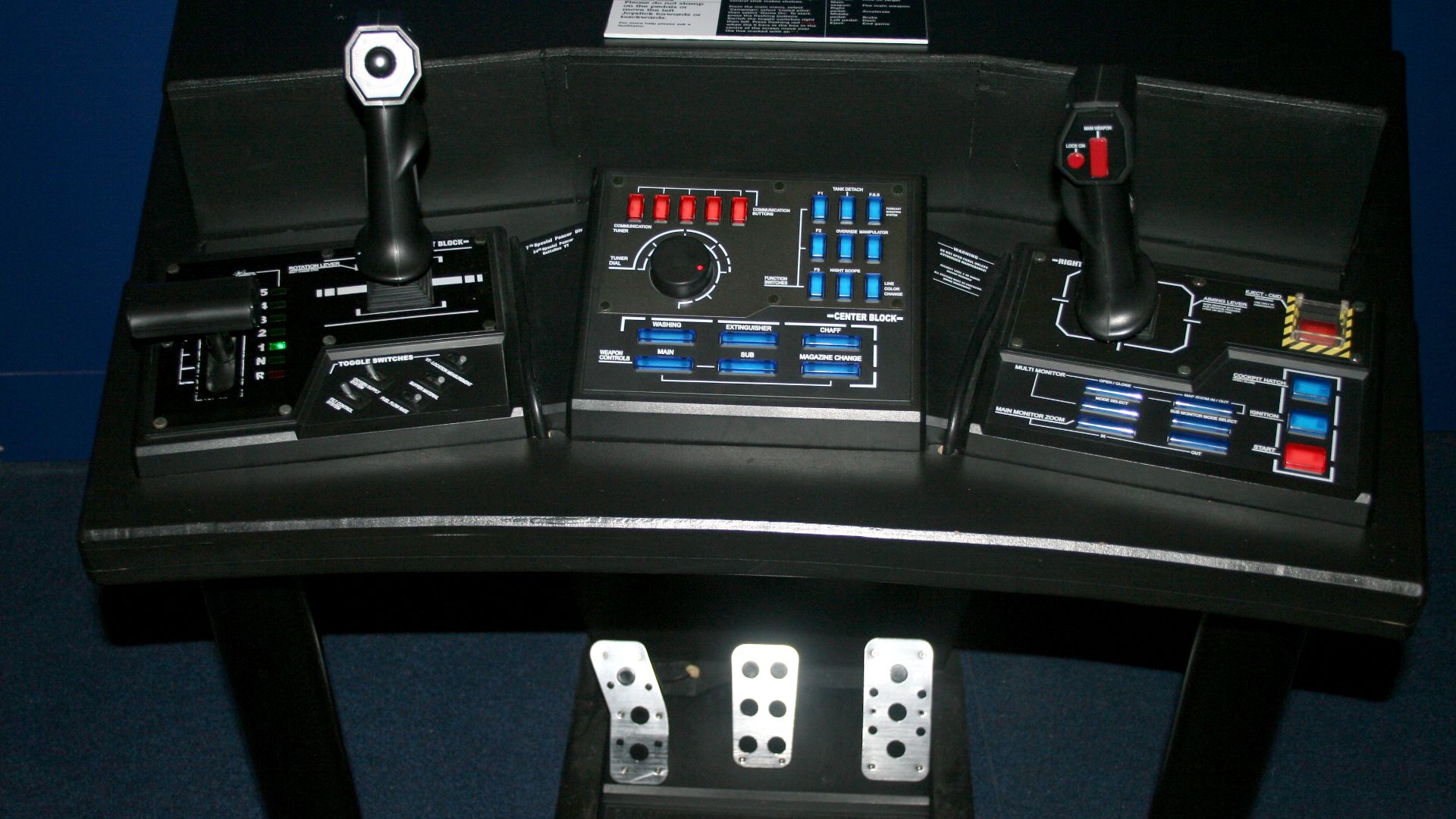 John Tregoning (Flickr profile) on Wikimedia
John Tregoning (Flickr profile) on Wikimedia
20. Thrustmaster Ferrari 458 Spider Racing Wheel
What good is a racing wheel without force feedback? This 2012 attempt at an affordable Ferrari-branded wheel lacked realism, making racing games feel lifeless. With a plastic build and sluggish response, it felt more like a budget-friendly novelty than a true racing simulator accessory.
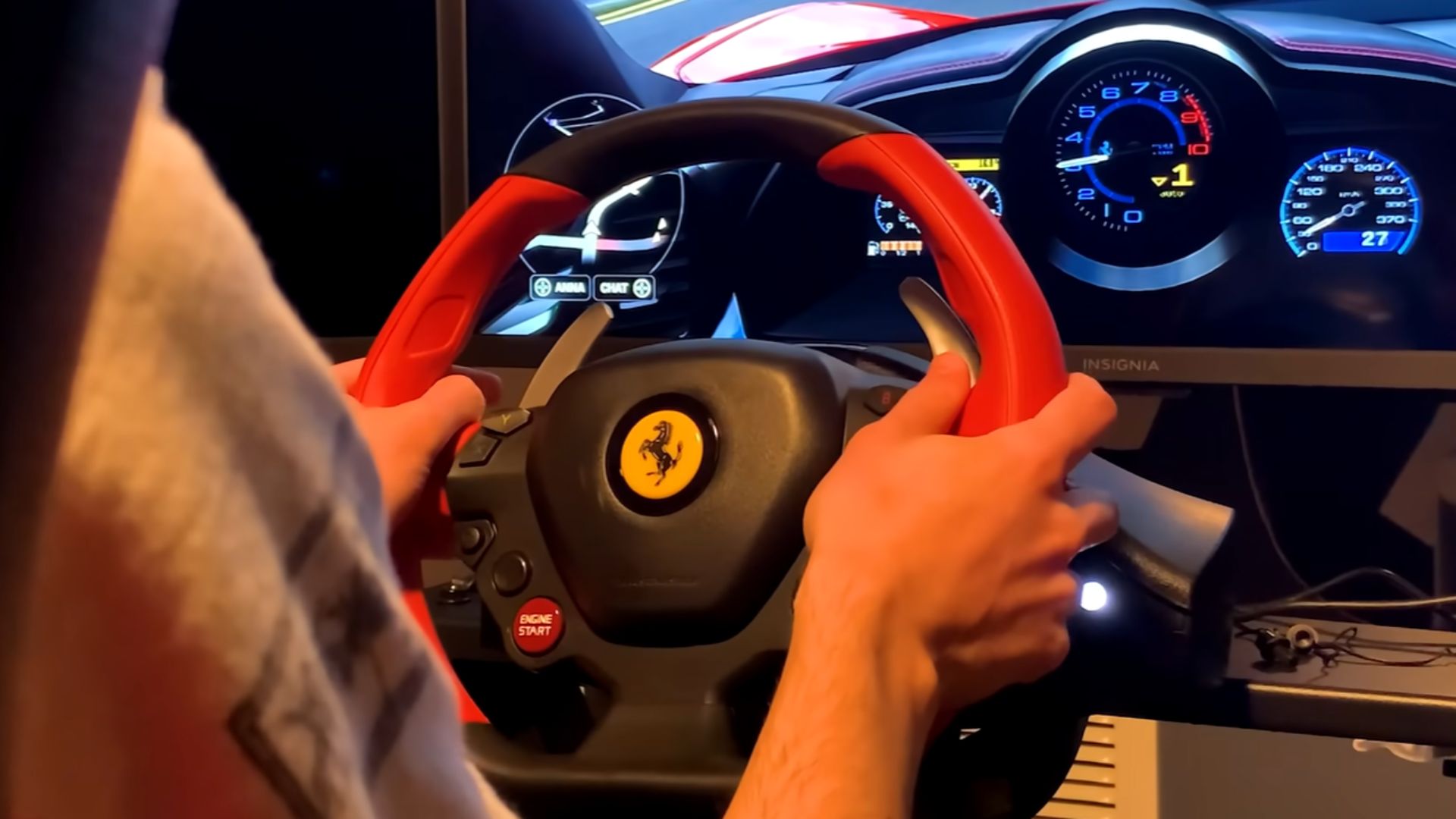 Reviewing a $99 Sim Racing Wheel | Thrustmaster Ferrari 458 Spider by OC Racing
Reviewing a $99 Sim Racing Wheel | Thrustmaster Ferrari 458 Spider by OC Racing


